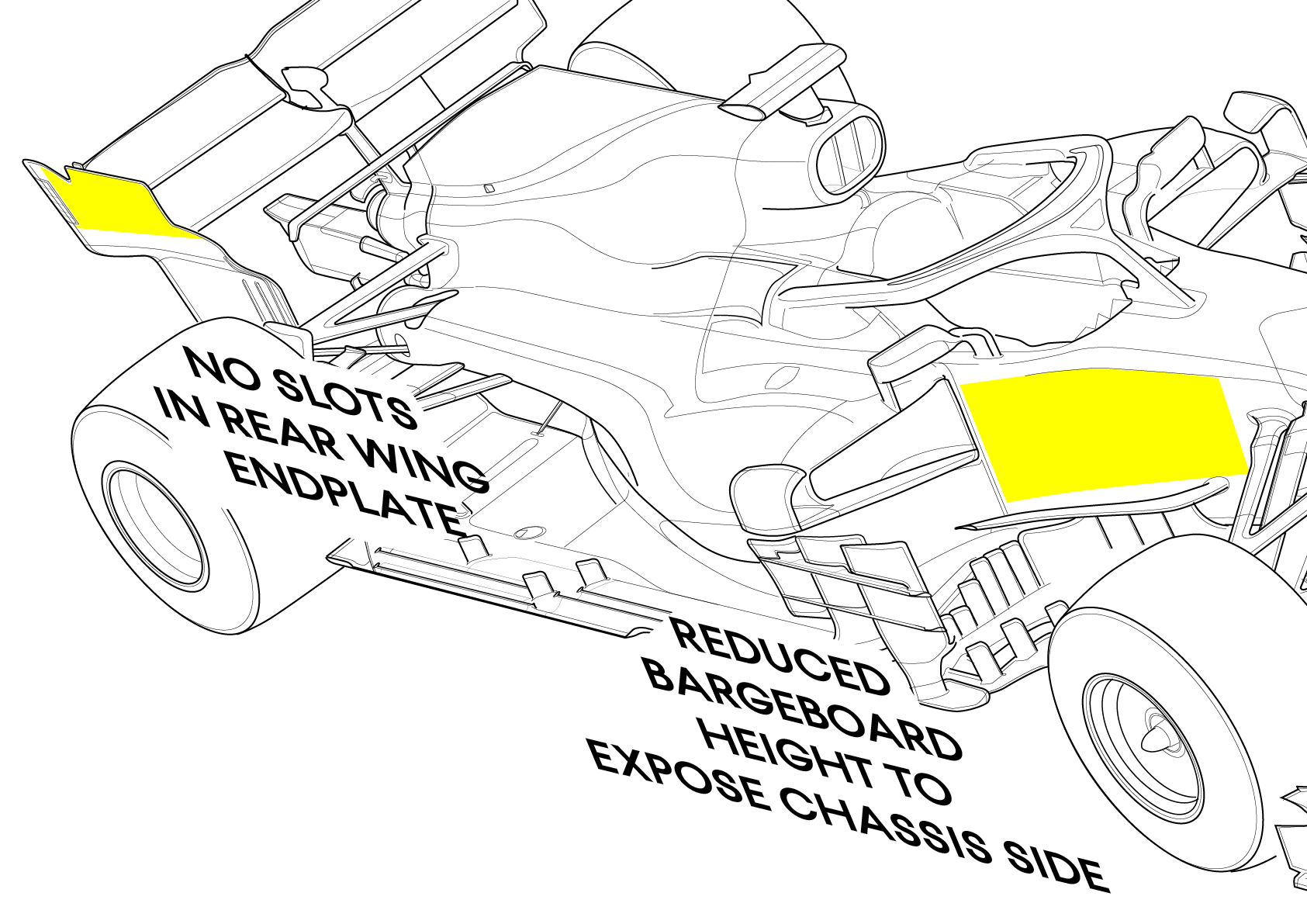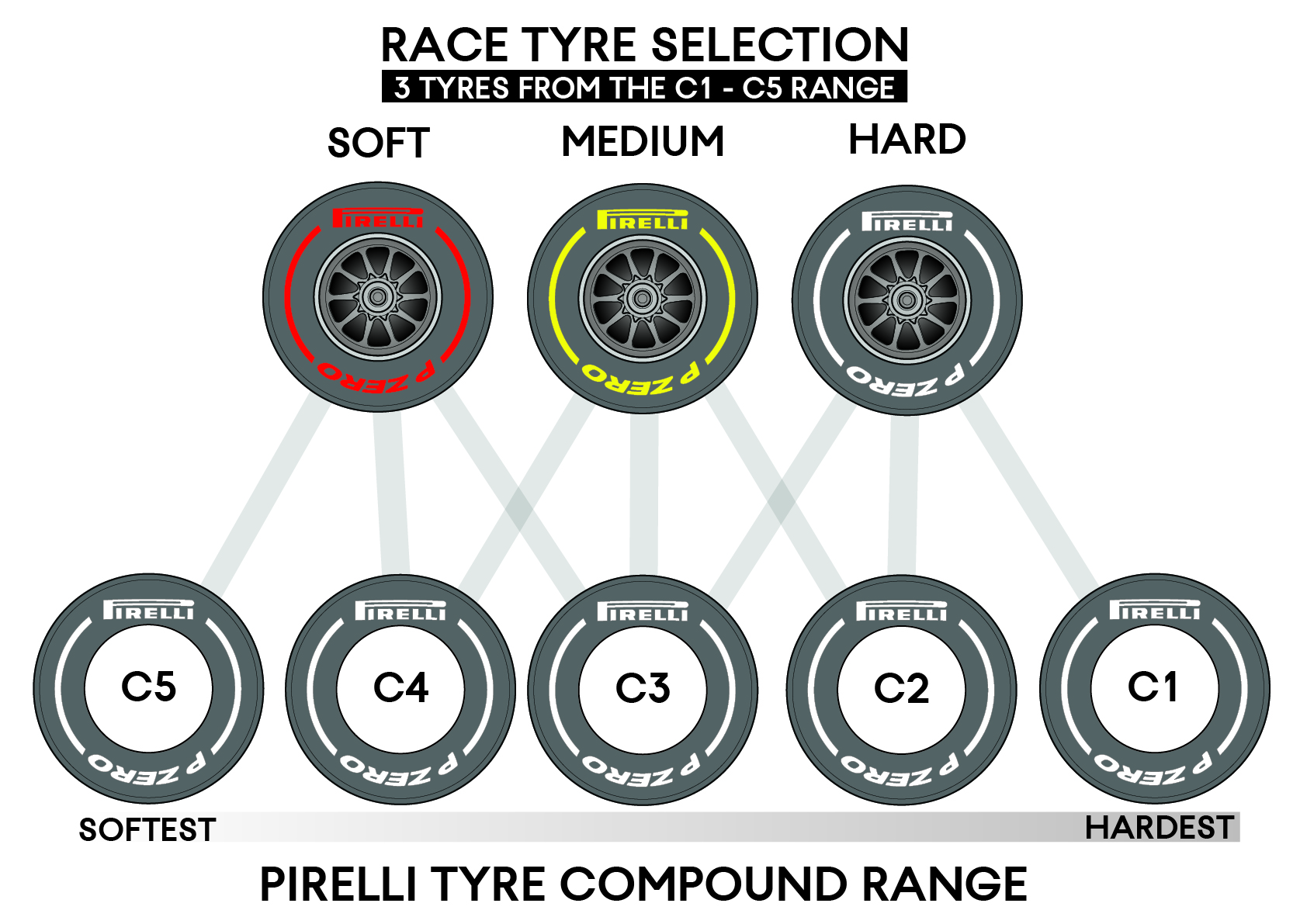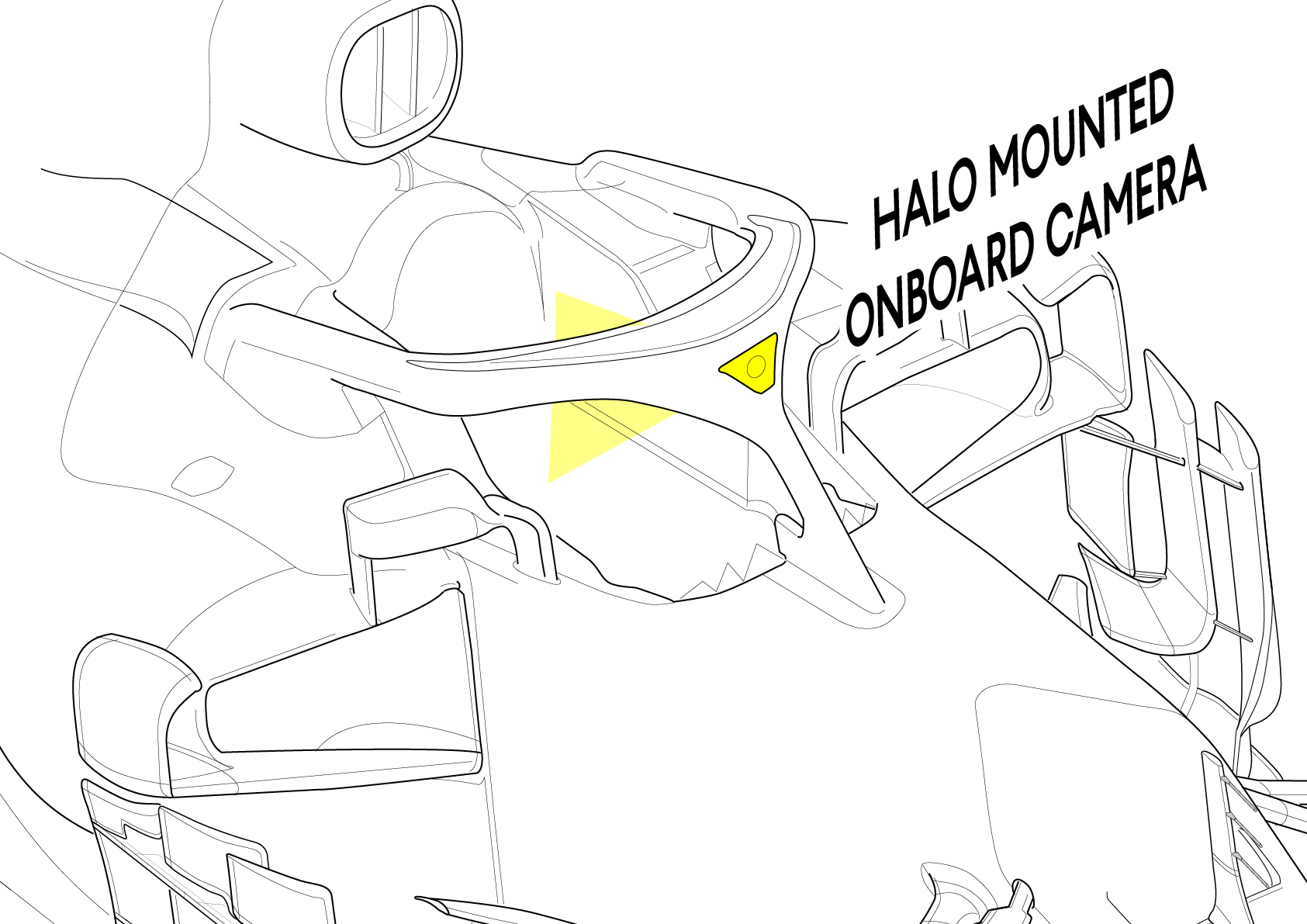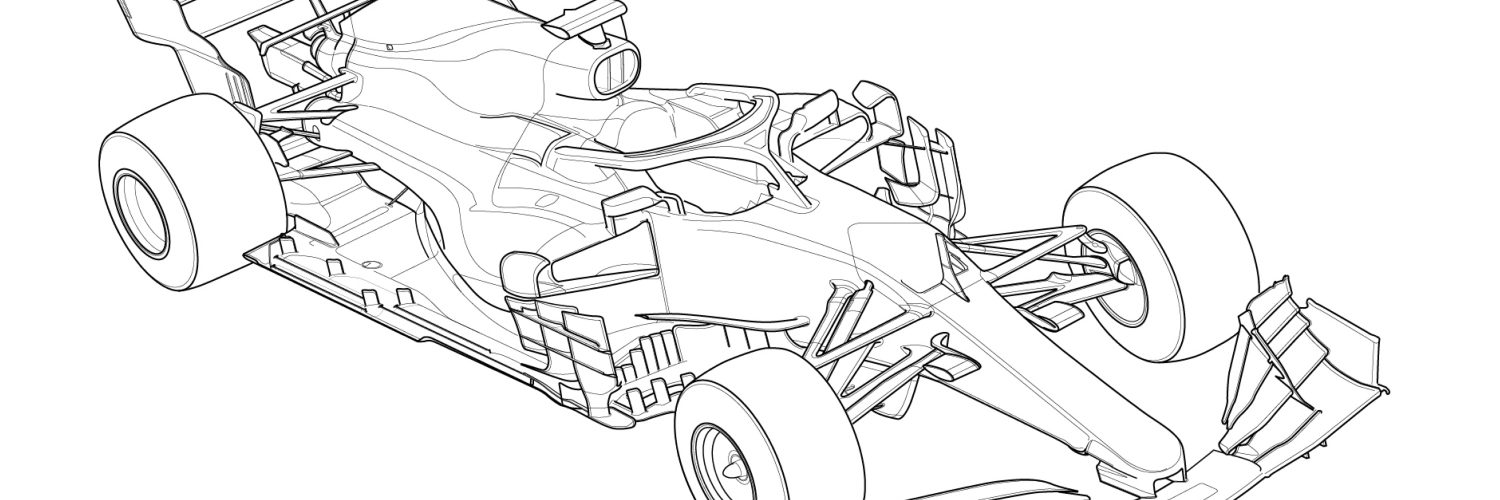With Formula1 now owned by the enterprising Liberty Media, there’s a general aim to improve the marketing of the sport. Hence, several changes have been made to the technical rules for purely marketing and sponsorship reasons. This isn’t without precedent, as the size of the rear wing endplates, the engine cover and shark fins have all been largely mandated in order to maintain important advertising space on the cars.
Bargeboard height

Two bodywork changes have been enforced this year, firstly the height of the bargeboards, which will be lower in order to free the side of the monocoque for sponsor logos to be easily visible. Likewise, the top section of the rear wing endplate has sported louvers for drag reduction for over ten years now. Again, these are now banned to allow for unbroken sponsor signage to feature on this prominent section of bodywork at the rear of the car.
Importantly, the bargeboard height change will only affect performance a little, as it’s the forward and lower sections of the bargeboards that affect the primary flow conditioning. However, the endplate change will have further reaching effects, as the now-banned slots reduce drag, along with the larger rear wing, meaning the cars will carry much more drag, that will slow them on the straights. If the teams can’t add slots, then they will almost certainly seek other means to reduce the drag inducing vortices created at the wing tip (seen as vapor trails on damp days). There’re several means to achieve this within the space and restrictions applied to the rear wing endplate.
Tyre marking

Another marketing ploy has been to redefine the marking and compound range for the Pirelli tyres. In 2018 there were seven dry compounds, each with its own color markings to identify them. At each race in 2018, teams had to run three of these compounds over the course of the weekend. The thinking now is that it has become too confusing for the casual F1 fan to keep up with and understand the tyre choice at the softer end of the range. For example, a driver already on a supersoft tyre might need to change to a soft, which is actually a harder tyre than the supersoft.
So, the new tyre designations now come from a choice of just five compounds, classified as C1 to C5 (C1 Hardest – C5 Softest), but at each race they will be marked and denoted as the soft, medium and hard regardless of the old equivalent naming. Thus, the fan should understand that the option from the Yellow marked medium tyre is always either to the White hard tyre which is harder or the Red soft tyre, which is softer. For the more informed fan wanting to know how a car performs on a specific compound, in order to predict future performance, Pirelli will publish the “C” compound types used as the three tyres at each race. This change may be simpler for the casual fan, but no less complex for the more ‘hardcore’ race fans.
Halo cam

A neat piece of added TV content for 2019 will be a new onboard camera position within the halo. Included in the halo’s design has always been a window in the front upright section to allow a camera to be fitted. While this was tested in 2018, it was not written into the rule book. So, now the camera can be used and provides a view down on the driver, giving a better reverse view of the driver at work in the cockpit.
Read more about F1 technical regulations for 2019: Overview | Performance | Fairness



